Home>Home Appliances>Heating & Cooling>How To Connect A Wood Burner To Central Heating
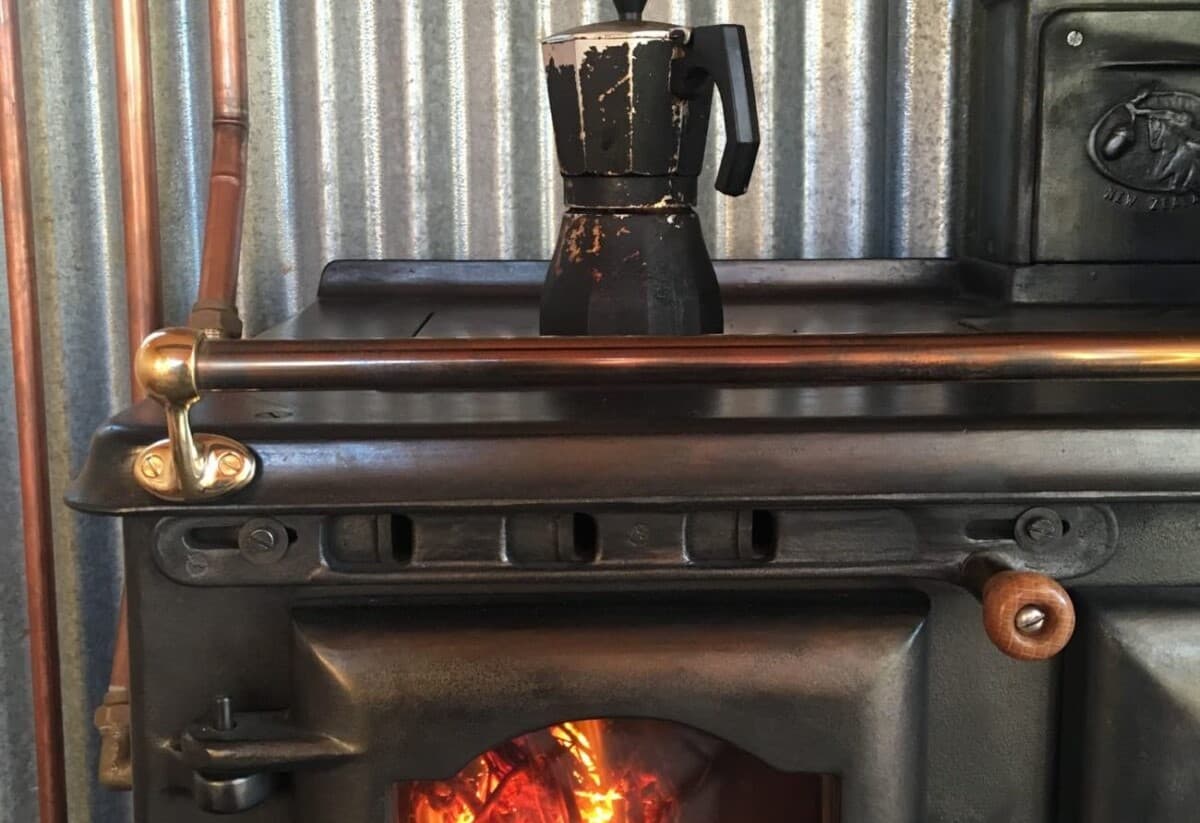

Heating & Cooling
How To Connect A Wood Burner To Central Heating
Published: February 15, 2024
Learn how to connect a wood burner to central heating for efficient heating and cooling. Find step-by-step instructions and tips for a successful installation.
(Many of the links in this article redirect to a specific reviewed product. Your purchase of these products through affiliate links helps to generate commission for Storables.com, at no extra cost. Learn more)
Introduction
Wood burner central heating offers a sustainable and cost-effective way to warm your home while reducing your carbon footprint. By harnessing the power of renewable energy, this heating system provides a cozy and environmentally friendly alternative to traditional heating methods. In this comprehensive guide, we will delve into the intricacies of connecting a wood burner to a central heating system, exploring the fundamental principles, equipment selection, installation process, safety considerations, and maintenance practices.
Whether you're a seasoned homeowner seeking to upgrade your heating system or a new homeowner considering the benefits of wood burner central heating, this guide will equip you with the knowledge and insights needed to make informed decisions. From understanding the basics of wood burner central heating to selecting the right wood burner and seamlessly connecting it to your central heating system, we will cover every aspect to ensure a smooth and efficient transition to this sustainable heating solution.
As we embark on this journey, it's essential to recognize the significance of embracing eco-friendly heating solutions in today's world. With a growing emphasis on sustainability and environmental consciousness, wood burner central heating presents a compelling opportunity to reduce reliance on non-renewable energy sources and minimize the ecological impact of home heating. By integrating this system into your home, you not only contribute to a greener planet but also enjoy the warmth and comfort it provides during the colder months.
Throughout this guide, we will emphasize the importance of safety precautions and regular maintenance to ensure the optimal performance and longevity of your wood burner central heating system. By prioritizing safety and upkeep, you can maximize the efficiency of your heating system while safeguarding your home and loved ones.
Join us as we embark on this enlightening exploration of wood burner central heating, empowering you to make informed decisions and embark on a sustainable and rewarding journey towards a warmer, eco-conscious home.
Key Takeaways:
- Connecting a wood burner to central heating offers a sustainable and cost-effective way to warm your home while reducing your carbon footprint. It’s like bringing nature’s warmth into your home!
- Choosing the right wood burner and integrating it with your central heating system requires careful consideration of fuel type, heating capacity, emissions, and safety. It’s like creating a cozy, eco-friendly fire that keeps your home warm and the planet happy!
Read more: What Is Central Heating
Understanding the Basics of Wood Burner Central Heating
Wood burner central heating, also known as a biomass boiler, utilizes wood pellets, logs, or chips as a sustainable and renewable fuel source to generate heat for both space heating and hot water. This heating system operates on the principle of biomass combustion, where organic materials are burned to produce heat energy. Understanding the fundamental aspects of wood burner central heating is essential for homeowners considering this eco-friendly heating solution.
Key Components
The primary components of a wood burner central heating system include the wood burner itself, a heat exchanger, a thermal store or accumulator, a pump, and a network of pipes for distributing hot water to radiators or underfloor heating systems. The wood burner, often located in a dedicated boiler room or utility area, serves as the heat source, where the combustion of wood fuel occurs. The heat exchanger facilitates the transfer of heat from the burner to the water, which is then circulated throughout the heating system.
Operational Mechanism
When the wood burner is ignited, the combustion process generates heat, which is transferred to the water in the heat exchanger. This heated water is then circulated through the central heating system, providing warmth to the living spaces and domestic hot water. The thermal store or accumulator plays a crucial role in storing excess heat energy for later use, ensuring a consistent and efficient supply of warmth.
Environmental Benefits
Wood burner central heating offers notable environmental benefits, as wood is a renewable and carbon-neutral fuel source. When sustainably sourced and burned efficiently, wood releases minimal carbon dioxide, making it a greener alternative to fossil fuels. Additionally, the use of wood fuel promotes responsible forest management and contributes to the reduction of greenhouse gas emissions, aligning with sustainable practices and environmental stewardship.
Read more: How To Use Central Heating
Efficiency and Cost Savings
This heating system's efficiency is influenced by factors such as the wood burner's design, the quality of wood fuel, and the insulation of the property. When properly installed and maintained, wood burner central heating can provide significant cost savings compared to conventional heating methods, particularly in areas where wood fuel is readily available or affordable.
Regulatory Considerations
Before installing a wood burner central heating system, it is essential to familiarize oneself with local regulations and building codes pertaining to biomass heating. Compliance with safety standards and emissions regulations is crucial to ensure the safe and legal operation of the system.
Understanding these foundational aspects of wood burner central heating sets the stage for informed decision-making and successful integration of this sustainable heating solution into residential properties. By embracing the principles of biomass combustion and recognizing the environmental and economic advantages, homeowners can embark on a rewarding journey towards a greener, warmer, and more sustainable home.
Choosing the Right Wood Burner for Central Heating
Selecting the appropriate wood burner for central heating is a pivotal decision that significantly influences the system's performance, efficiency, and long-term sustainability. With a myriad of options available in the market, homeowners must consider several key factors to ensure they choose a wood burner that aligns with their heating needs and environmental objectives.
Fuel Type and Efficiency
When evaluating wood burners for central heating, it's essential to consider the type of fuel they are designed to utilize. Wood burners can be tailored to accommodate various fuel sources, including wood pellets, logs, or wood chips. Each fuel type has distinct characteristics in terms of combustion efficiency, energy density, and environmental impact. For instance, wood pellets are known for their consistent burn rate and high energy output, making them an efficient and eco-friendly choice for central heating systems. Understanding the fuel options and their respective efficiencies is crucial in making an informed selection.
Read more: How To Install Central Heating
Heating Capacity and Output
The heating capacity of a wood burner, often measured in kilowatts (kW), directly influences its ability to meet the heating demands of a property. Assessing the heating requirements of the intended space is imperative to determine the appropriate burner size. Factors such as room dimensions, insulation levels, and the number of heating zones should be taken into account to ensure the selected wood burner can deliver sufficient heat output for optimal comfort and warmth.
Emissions and Environmental Impact
Environmental considerations play a significant role in the selection process, particularly regarding emissions and sustainability. Modern wood burners are designed to minimize emissions through advanced combustion technologies and efficient heat transfer mechanisms. Homeowners should prioritize models with low emissions and high combustion efficiency to minimize environmental impact while maximizing the utilization of renewable wood fuel.
Integration with Central Heating System
Compatibility with the existing central heating system is a critical aspect when choosing a wood burner. The selected burner should seamlessly integrate with the system's components, such as the heat exchanger, pump, and distribution network. Ensuring compatibility and efficient interaction between the wood burner and the central heating infrastructure is essential for achieving a harmonized and effective heating solution.
Quality and Certification
Opting for a wood burner that meets industry standards and certifications is paramount in guaranteeing its safety, performance, and durability. Look for products that comply with relevant quality assurance and safety certifications, as these indicate adherence to rigorous manufacturing standards and regulatory requirements. Additionally, reputable manufacturers often provide warranties and after-sales support, offering peace of mind and assurance of product reliability.
By carefully evaluating these factors and conducting thorough research, homeowners can make an informed decision when selecting a wood burner for central heating. This thoughtful approach not only ensures the optimal performance and efficiency of the heating system but also contributes to sustainable energy utilization and environmental responsibility.
Read more: How To Turn On Central Heating
Connecting the Wood Burner to the Central Heating System
Connecting the wood burner to the central heating system is a crucial step that demands precision, adherence to safety standards, and a comprehensive understanding of the system's components. This process involves integrating the wood burner with the existing central heating infrastructure to ensure seamless heat distribution and optimal performance.
The first step in this process is to determine the most suitable location for the wood burner, considering factors such as accessibility, ventilation, and proximity to the central heating system's components. Once the ideal placement is identified, the wood burner is installed, ensuring secure positioning and proper alignment with the heat exchanger and associated piping.
Next, the integration of the wood burner with the central heating system entails connecting the heat exchanger to the existing pipework. This involves precise measurement and cutting of pipes to facilitate the seamless flow of hot water from the wood burner to the radiators or underfloor heating system. Careful attention is given to the insulation and sealing of connections to prevent heat loss and ensure efficient heat transfer throughout the system.
The pump, a vital component in circulating the heated water, is then integrated into the system, strategically positioned to facilitate the smooth flow of water from the wood burner to the distribution network. Proper pump installation and calibration are essential to maintain consistent water circulation and optimize heat distribution to the designated areas within the property.
Incorporating a thermal store or accumulator into the system allows for the storage of excess heat energy generated by the wood burner, ensuring a continuous and reliable supply of warmth as needed. This component serves as a reservoir for hot water, enhancing the system's efficiency and providing flexibility in heat utilization.
Throughout the connection process, meticulous attention is given to safety measures, including the installation of pressure relief valves, temperature sensors, and other safety devices to safeguard the system and its users. Additionally, compliance with building regulations and industry standards is paramount to ensure the safe and legal operation of the wood burner central heating system.
By meticulously connecting the wood burner to the central heating system, homeowners can harness the full potential of this sustainable heating solution, enjoying efficient warmth and hot water while minimizing environmental impact. This seamless integration represents a significant milestone in embracing eco-friendly heating practices and reaping the rewards of renewable energy utilization.
Safety Precautions and Maintenance
Ensuring the safety and reliability of a wood burner central heating system involves a proactive approach to implementing essential precautions and adhering to a structured maintenance regimen. By prioritizing safety and regular upkeep, homeowners can mitigate potential risks, prolong the system's lifespan, and optimize its performance.
Regular Inspections and Cleaning
Scheduled inspections are integral to identifying and addressing any issues that may compromise the wood burner central heating system's safety and efficiency. Components such as the heat exchanger, flue, and chimney must be inspected for signs of wear, corrosion, or blockages. Additionally, regular cleaning of the flue and chimney is essential to prevent the accumulation of creosote and soot, which can pose fire hazards and hinder proper ventilation.
Carbon Monoxide Monitoring
Given that wood burner central heating systems involve combustion, monitoring carbon monoxide levels is paramount. Installing and regularly testing carbon monoxide detectors within the property provides an early warning system for potential leaks or inadequate ventilation. Prompt action can then be taken to rectify any issues and ensure the safety of occupants.
Read more: What Is Central Heating In An Apartment
Fire Safety Measures
Implementing fire safety measures, such as maintaining adequate clearance around the wood burner and ensuring the proper installation of heat-resistant materials, is crucial. Additionally, having a fire extinguisher readily accessible in the vicinity of the wood burner adds an extra layer of protection in the event of an emergency.
Professional Servicing
Engaging qualified professionals for annual servicing and maintenance is highly recommended. Trained technicians can conduct comprehensive assessments, clean critical components, and address any underlying issues that may compromise the system's safety and efficiency. Professional servicing not only enhances safety but also optimizes the system's performance and longevity.
Flue and Chimney Maintenance
Regular inspection and maintenance of the flue and chimney are imperative to ensure proper ventilation and the safe expulsion of combustion by-products. Any obstructions or structural issues within the flue or chimney must be promptly addressed to prevent the accumulation of harmful gases and maintain optimal airflow.
Fuel Quality and Storage
Using high-quality, properly seasoned wood fuel is essential for both safety and efficiency. Proper storage of wood fuel in a dry, well-ventilated area safeguards against moisture accumulation and degradation, reducing the risk of incomplete combustion and the formation of hazardous by-products.
Read more: Why Is Central Heating Not Working
System Upkeep and Documentation
Maintaining detailed records of servicing, inspections, and any modifications made to the wood burner central heating system is invaluable. This documentation provides a comprehensive history of the system's maintenance, facilitating informed decision-making and ensuring compliance with regulatory requirements.
By diligently adhering to these safety precautions and maintenance practices, homeowners can foster a secure and reliable wood burner central heating system. Prioritizing safety and proactive maintenance not only safeguards the property and its occupants but also sustains the system's efficiency and environmental benefits, reinforcing the commitment to sustainable and responsible heating practices.
Conclusion
In conclusion, the integration of a wood burner into a central heating system represents a significant leap towards sustainable and eco-conscious home heating. By harnessing the power of renewable wood fuel, homeowners can enjoy efficient warmth, hot water, and cost savings while contributing to environmental preservation. The journey of connecting a wood burner to the central heating system encompasses a deep understanding of the system's components, careful selection of the wood burner, precise integration, and unwavering commitment to safety and maintenance.
Embracing wood burner central heating entails a holistic approach that extends beyond mere functionality. It embodies a commitment to environmental stewardship, responsible energy utilization, and the pursuit of a greener, more sustainable lifestyle. The decision to adopt this heating solution reflects a conscientious choice to reduce reliance on non-renewable energy sources and minimize the ecological footprint of home heating.
As homeowners embark on this transformative journey, they are not only investing in the comfort and warmth of their living spaces but also contributing to a global movement towards sustainable living. The adoption of wood burner central heating aligns with the growing emphasis on environmental consciousness, renewable energy utilization, and the imperative to mitigate climate change.
Furthermore, the successful integration of a wood burner into the central heating system signifies a harmonious fusion of modern technology, traditional heating practices, and ecological mindfulness. It represents a synergy between innovation and sustainability, where the warmth of a home is sustained by the natural warmth of renewable wood fuel.
In essence, the journey of connecting a wood burner to the central heating system transcends the realm of home improvement; it embodies a commitment to a greener, more sustainable future. By embracing this heating solution, homeowners not only elevate the comfort and efficiency of their living spaces but also contribute to the preservation of our planet's precious resources.
As we conclude this enlightening exploration, let us carry forward the knowledge and insights gained, empowering ourselves and others to make informed decisions that resonate with sustainability, environmental responsibility, and the enduring warmth of a home powered by renewable energy.
Frequently Asked Questions about How To Connect A Wood Burner To Central Heating
Was this page helpful?
At Storables.com, we guarantee accurate and reliable information. Our content, validated by Expert Board Contributors, is crafted following stringent Editorial Policies. We're committed to providing you with well-researched, expert-backed insights for all your informational needs.
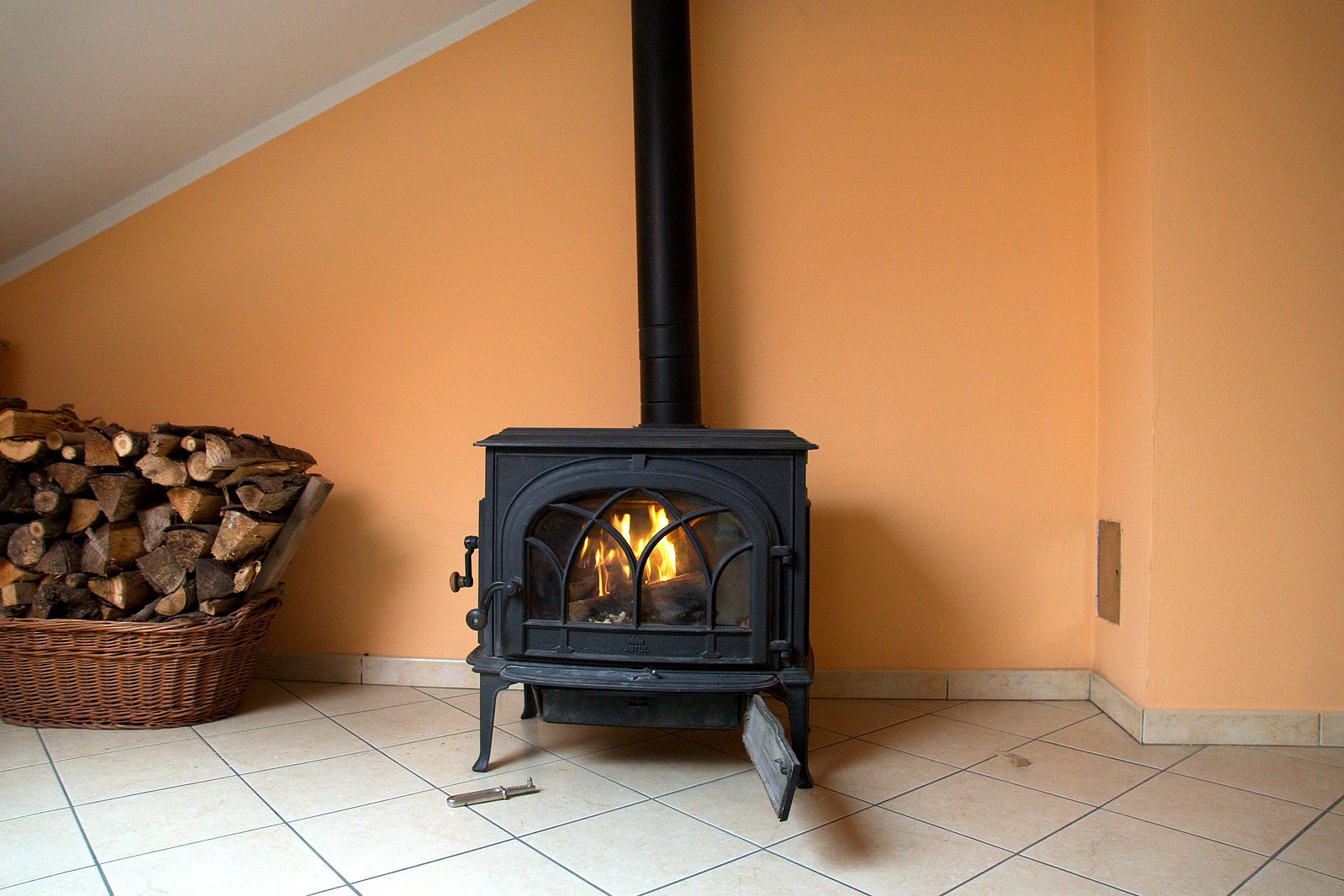

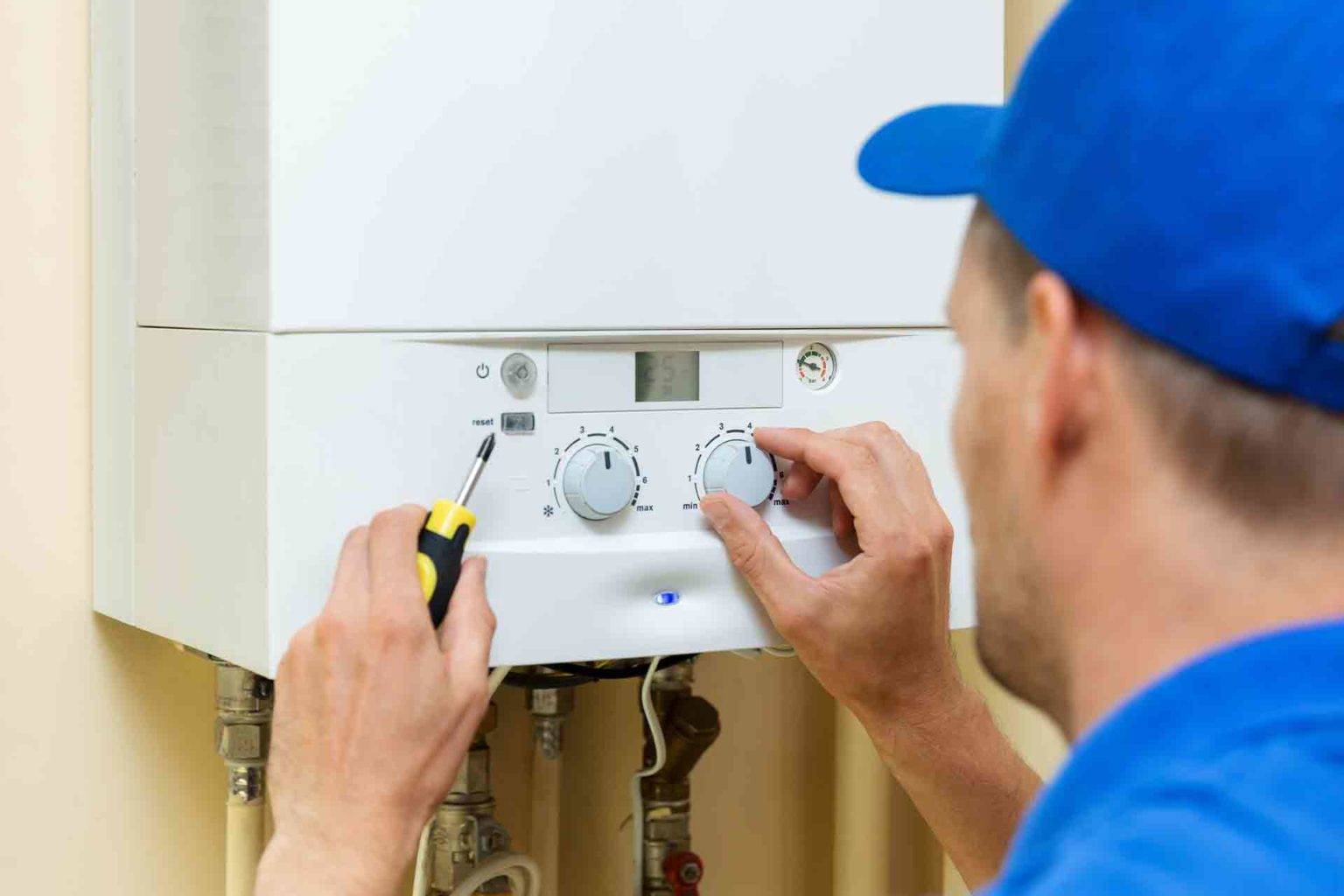



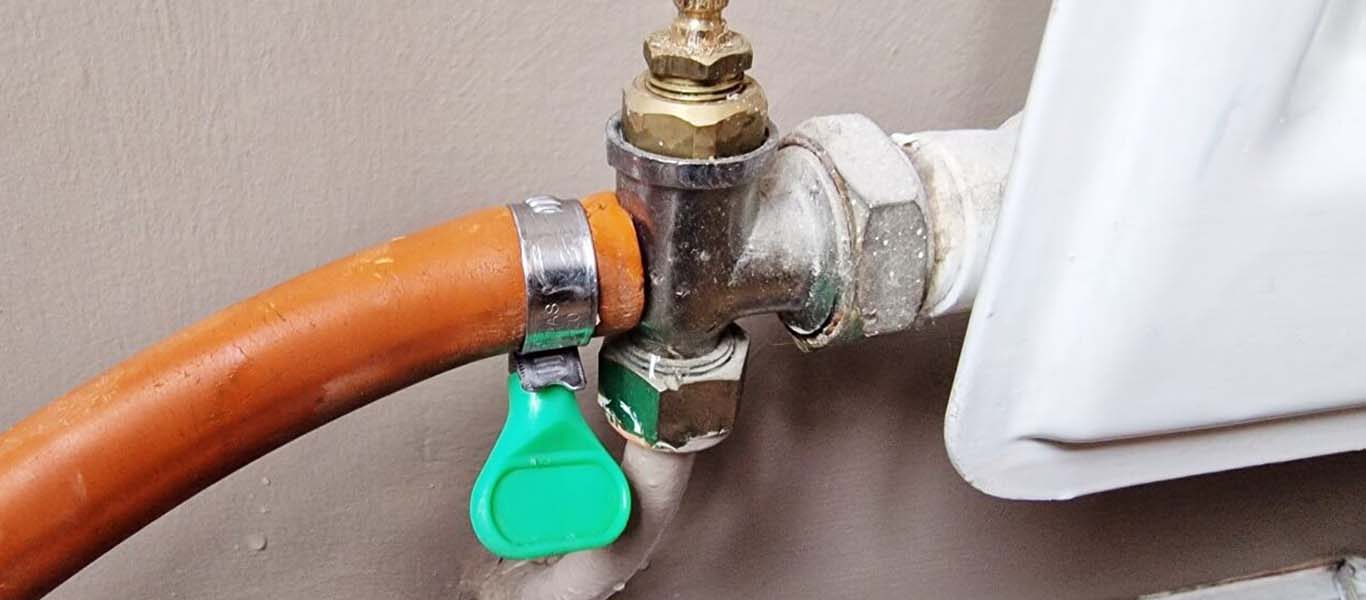
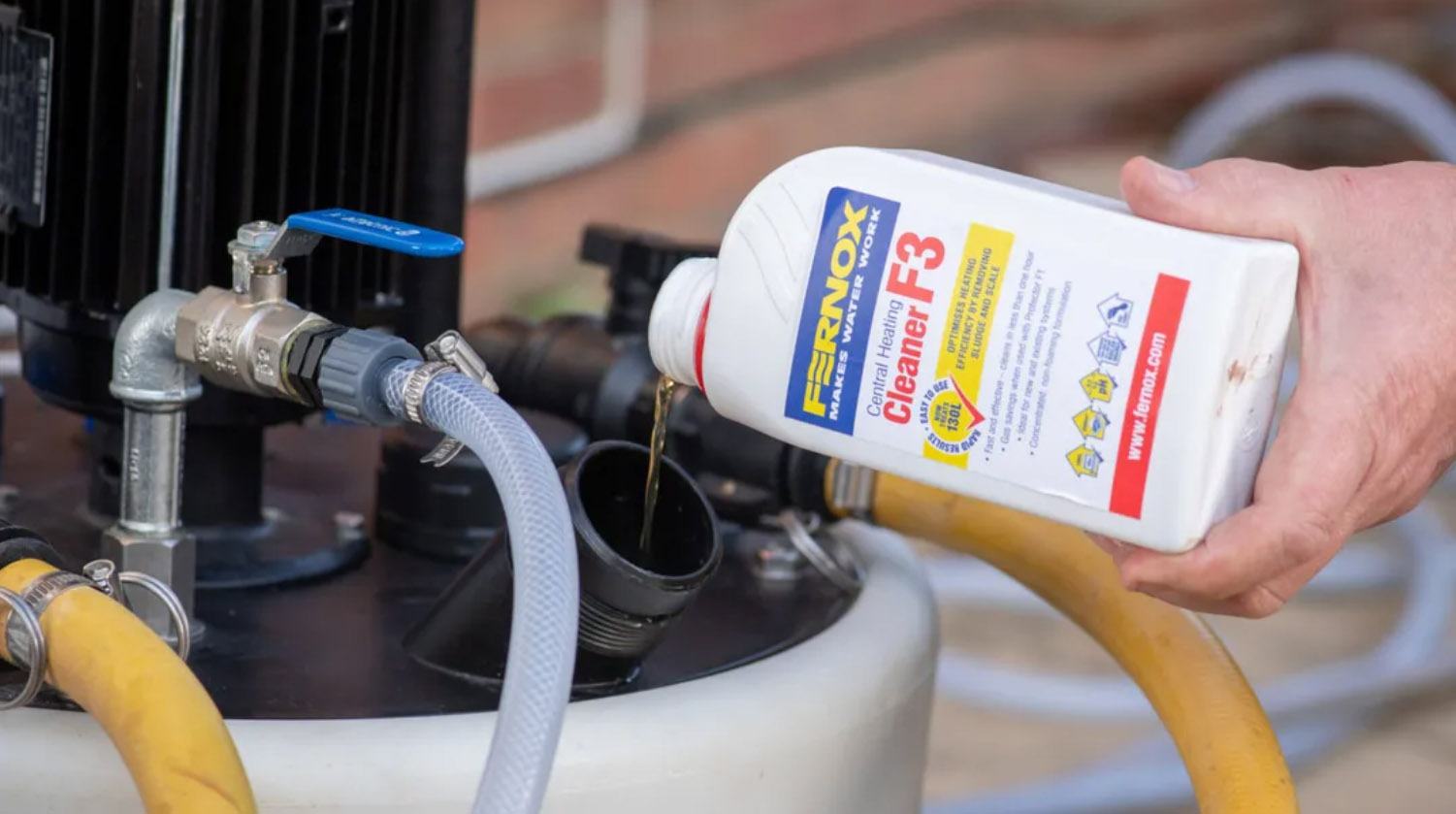

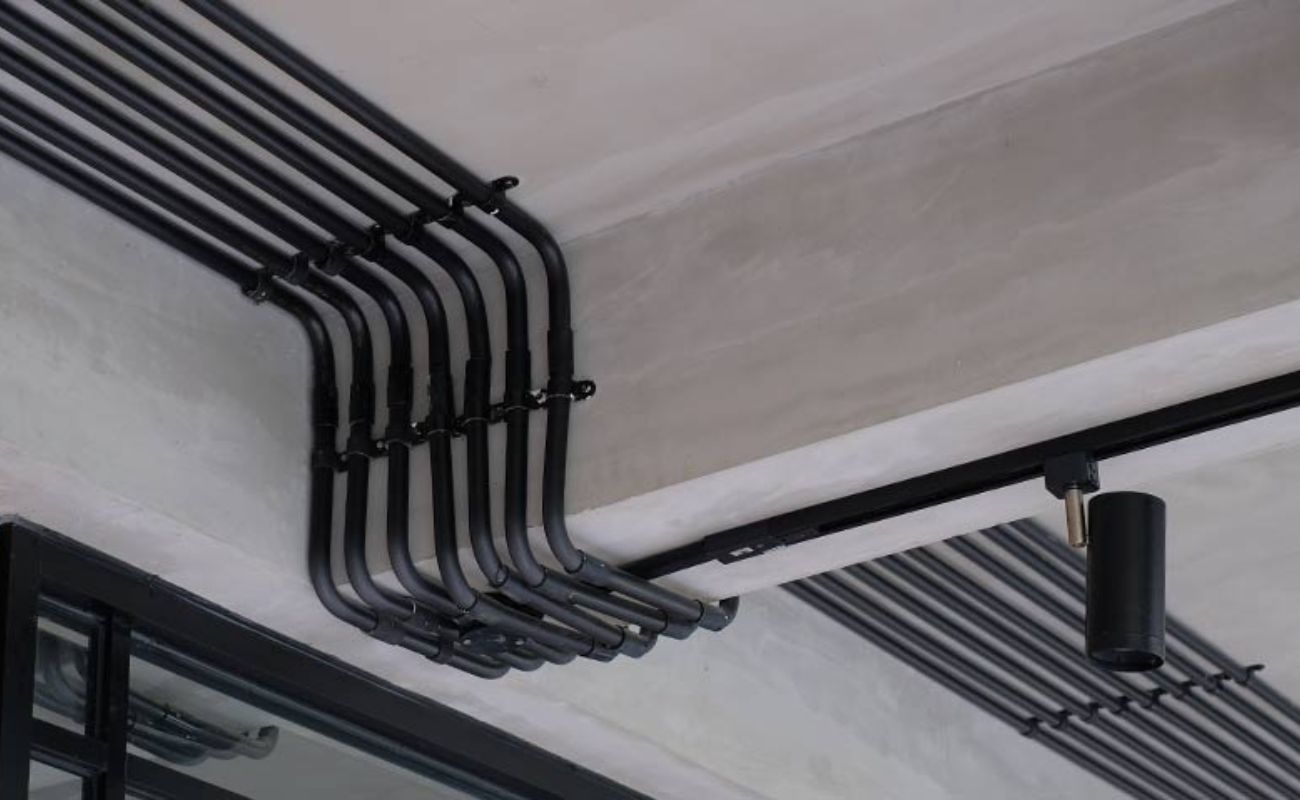

0 thoughts on “How To Connect A Wood Burner To Central Heating”